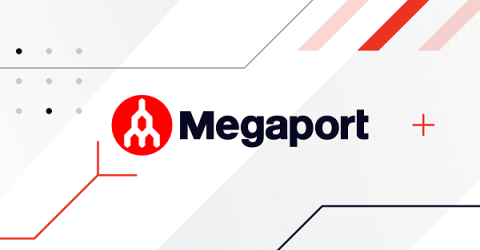Six Key Differences Between Major Cloud Providers
Demystify your private cloud options with our comparison of AWS, Azure, Google Cloud, and Oracle Cloud. On a typical day at Megaport, our Solutions team helps a lot of customers with a lot of questions. And in my time here, I’ve noticed these questions often follow the same theme: What’s the best way to connect to their cloud service providers? The reality is that there’s no simple answer to this question.






